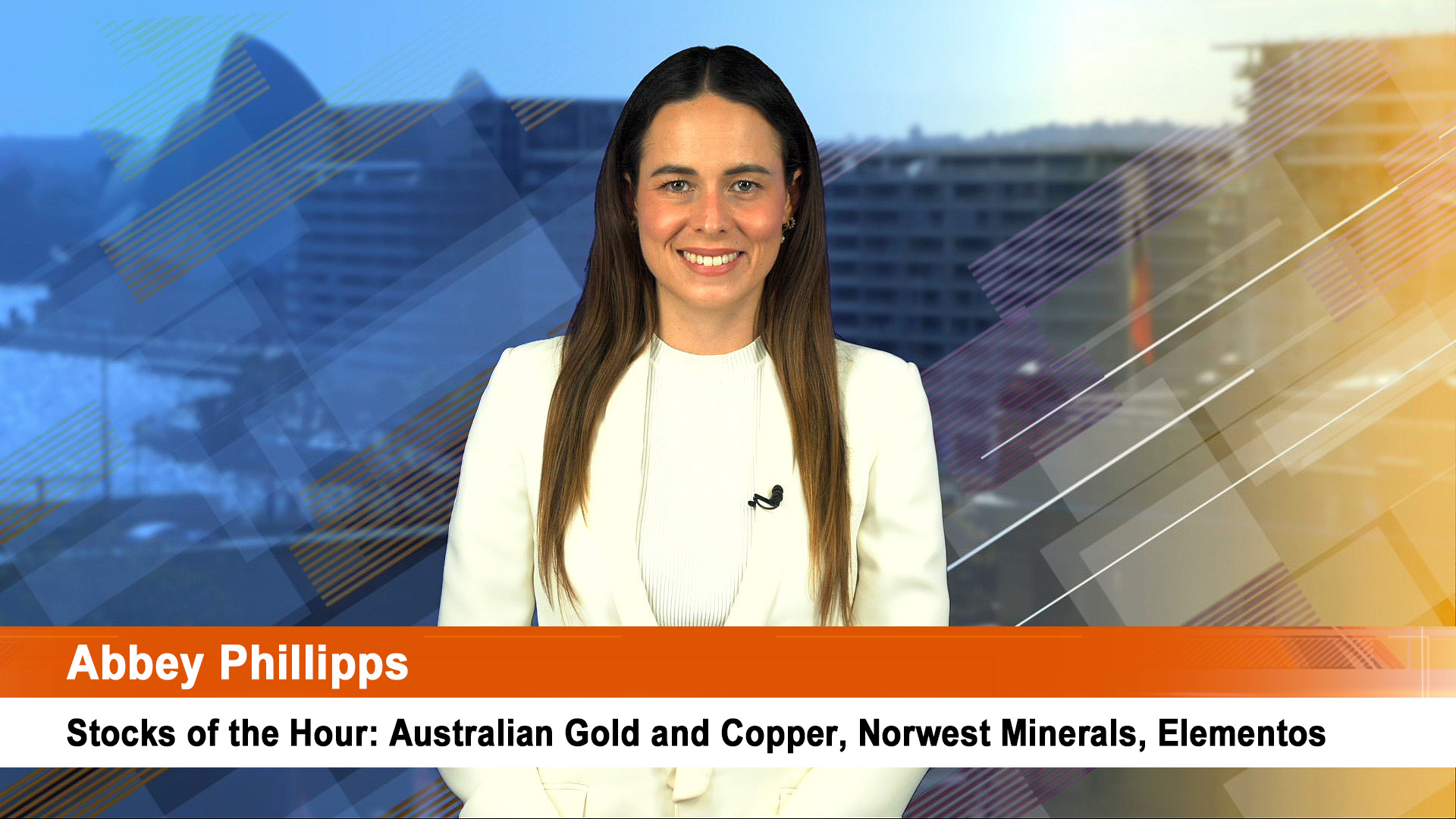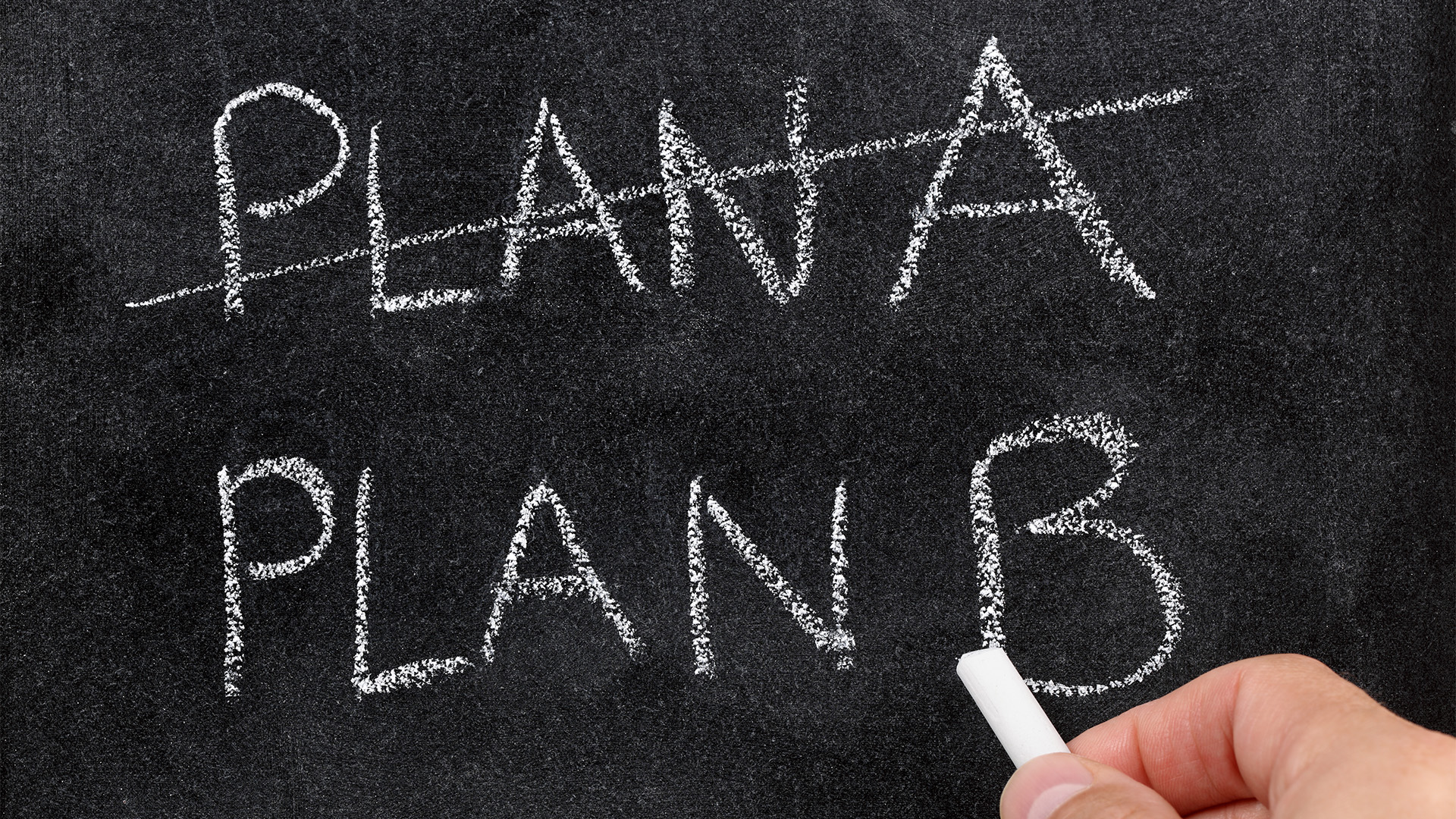The Australian economy withstood negative contributions from exports and home building to grow by 0.3% in the three months to March, which is a bit better than many forecasts had predicted.
The result supports the Reserve Bank’s decision to not change interest rates on Tuesday and its forecast that growth had slowed and would take some time in recovering.
"Year-ended GDP growth is expected to have slowed in the March quarter, reflecting the quarter-to-quarter variation in the growth figures. Looking forward, economic growth is still expected to increase gradually over the next couple of years to a little above 3 per cent,” Governor Phil Lowe said in his statement after the central bank’s June board meeting
The positive report means that Australia now holds the record of the longest unbroken period of economic expansion without a recession. The previous holder of this ‘record’ was the Netherlands.
It has now been nearly 26 years – or 103 quarters – since Australia had a technical recession, usually defined as two consecutive quarters of negative growth. the last was in the three months to September.
The big September quarter 0.5% contraction was revised back to 0.4% in the latest National Accounts, released late Wednesday morning.
Annual growth slowed to an 1.7% from 2.5% (revised) in the year to December. (besides the September revision, the March quarter last year’s was also revised to 0.9% from the first reported 1.1% and the June quarter figure was also trimmed to 0.7% from 0.8%).
The growth data will confound many economists who had the economy contracting in the quarter and they and others will focus on the 0.4% contribution from inventories (business stocks) in the quarter, which reflected a build up in iron ore and coal stockpiles because of shipping delays and bad weather (Cyclone Debbie).
But the impact of Cyclone Debbie is likely to produce another weak quarter for the three months to June with coal export volumes hit for the first month or so of the quarter.
That rise in stocks will be seized upon by the doomsters and believers in the sinking economy as proof the economy is in some sort of recession.
It can’t be their old favourite, an income recession because although wages growth was again slow, business profits surged for a second quarter in a row and the terms of rate rose to 6.9% in the quarter from 6.1 in the three months to December.
And nominal GDP jumped at an annual rate of 7.7% in the quarter, which was well ahead most forecasts.
The ABS said that compensation of employees (COE) rose 1% 1.0 in the March quarter, "a pick up from the negative growth recorded in the December quarter, and is consistent with other labour market data. COE is still only 1.5 per cent higher through the year, continuing to contribute to the reduction in the household saving rate. The household saving ratio fell to 4.7 in the March quarter, half the rate it was in March quarter 2013.”
That was the most telling stat from the report, and the one that is worrying the RBA – amid record levels of household debt, Australians are keeping household consumption rising (up 0.5% in the quarter and a modest 2.3% for the year to March) by digging deeper into their savings. That is a real pressure point for the RBA and the economy.
The Australian Bureau of Statistics said in commentary that “growth was recorded across the economy with 17 out of 20 industries growing during the quarter. Strong growth was observed within the service industries including Finance and Insurance Services, Wholesale Trade, and Health Care and Social Assistance. Agriculture, Forestry and Fishing decreased after strong growth in the previous two quarters, while Manufacturing decreased for the tenth time in eleven quarters.”
ABS Chief Economist, Bruce Hockman said in the statement accompanying the accounts that; “This broad-based growth was tempered by falls in exports and dwelling investment. Dwelling investment declined in all states, except Victoria, and overall is the largest decline for Australia since June 2009 “…
“Even though there was a fall in dwelling investment this quarter, levels are still historically high. There was also positive growth in household consumption, albeit in non-discretionary items such as electricity and fuel purchases. The softer growth in household consumption is broadly in line with modest income growth,” he said.













